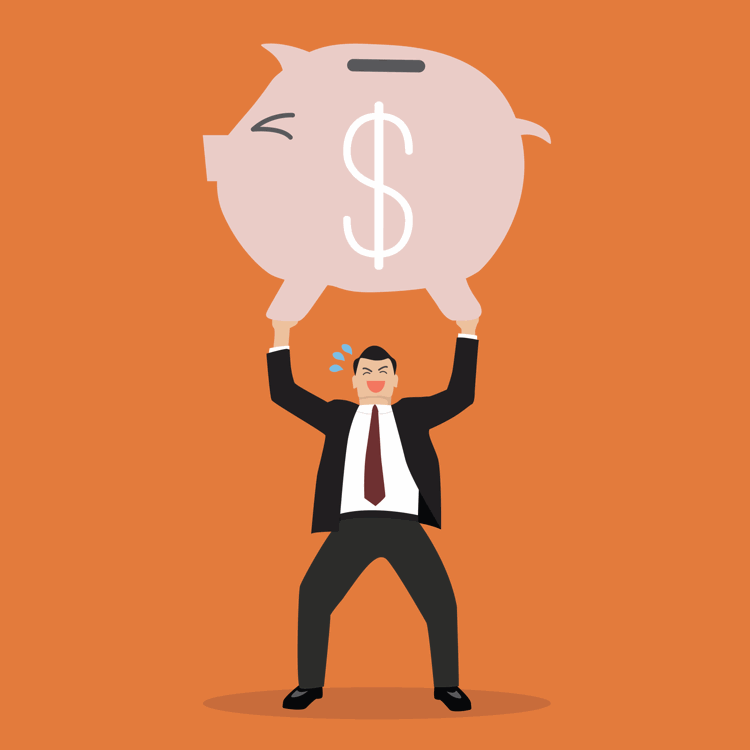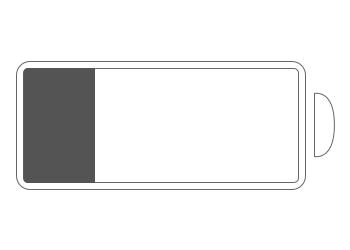Set a Clear Budget
You won't be fully prepared to tackle your finances if you're not 100% clear on what's coming into your bank account and, more importantly, what's going out. Programs like Mint or apps like YNAB will track your expenses and deposits, helping you stay within your budget and set up actionable plans to achieving such specific goals as paying off that high APR credit card.
Our Pick: The 50/30/20 plan, which is budgeting 50 percent of income for necessities, 30 percent for luxuries or wants, and then 20 percent back into savings or paying off debt.
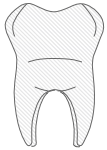
Prepare for
Unbudgeted Expenses
There is a lot you can plan for in terms of your spending, but somehow, someway, there are always unforeseen costs that creep up, right? Someone's wedding, a birthday or a last-minute trip. A dentist visit or car repair that results in a $900 bill. Make sure that you're either setting some money aside (in a savings or separate account) for such unexpected payouts or keep one credit card with a zero dollar balance waiting for such emergencies. That way, you can charge the amount and take a month or two to pay it down without incurring much interest.

Automate Your Savings
One of the easiest ways to ensure you're adequately saving is to set it up to remove any chance of skipping out on your duty to put away funds. Automated deposits are easy and effective because they take money directly from your paycheck and put it into a savings account. You can also use a service or an app like Digit or Qaptial to make saving a painless endeavor. These handy apps analyze your spending and automatically deduct small amounts from your account to help you save little by little.
Consider Using Cash
Typically, we spend less when paying cash. "It's been shown that we spend 12-18 percent more when we use plastic versus cash because it doesn't have that same emotional connection for us," says Danny Kofke, a financial advisor and educator. In fact, one study (PDF) found that people were willing to pay twice as much for an item of unknown market value when they paid with a credit card versus with cash.
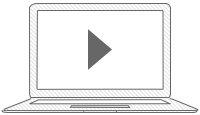
Audit Your Subscriptions
In the age of paperless billing and automatic renewals, it's easier than ever to lose track of what you're paying for versus what you're actually using. Take a little time to reevaluate your media consumption. Track your watching habits on streaming services. Look through your bank statement and see which subscriptions aren't worth the price and cancel them. Why pay for things you're not using? After all, if you end up missing them, you can always resubscribe.

Boost Your Savings Account
Don't simply stash all of your money in an account at your local bank with its rather paltry 0.03% interest rate. Shop around for an online savings account that can pay up to 2.5 percent. At the time of publication, online banks like Ally (1.90%), Simple (2.02%), and Vio Bank (2.11%) can make your savings grow much faster than your standard brick-and-mortar bank account.
Start Today,
Not Tomorrow
Who cares why you haven't been on top of your finances until now? The important thing is that you're ready to start managing your money and there's no reason to put it off another day. That's the thing about interest-baring accounts. The sooner you start, the more money you'll earn. It's like planting a tree. You'll have to wait a bit to see some progress, but as Warren Buffett once famously said, “Someone's sitting in the shade today because someone planted a tree a long time ago.”
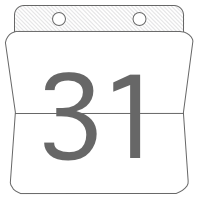
Set Financial Calendar Reminders
Don't rely on your memory (or guilt) to remind you to check in on your progress. Set a handful of calendar reminders now for the times you plan to check in on your savings goals, retirement account, longterm emergency savings or your kid's college fund, for example. Maybe it's once a month, once a quarter or every six months. These future appointments with yourself will hold you accountable, keep you on track and also help you assess whether it's time to boost any contributions.

